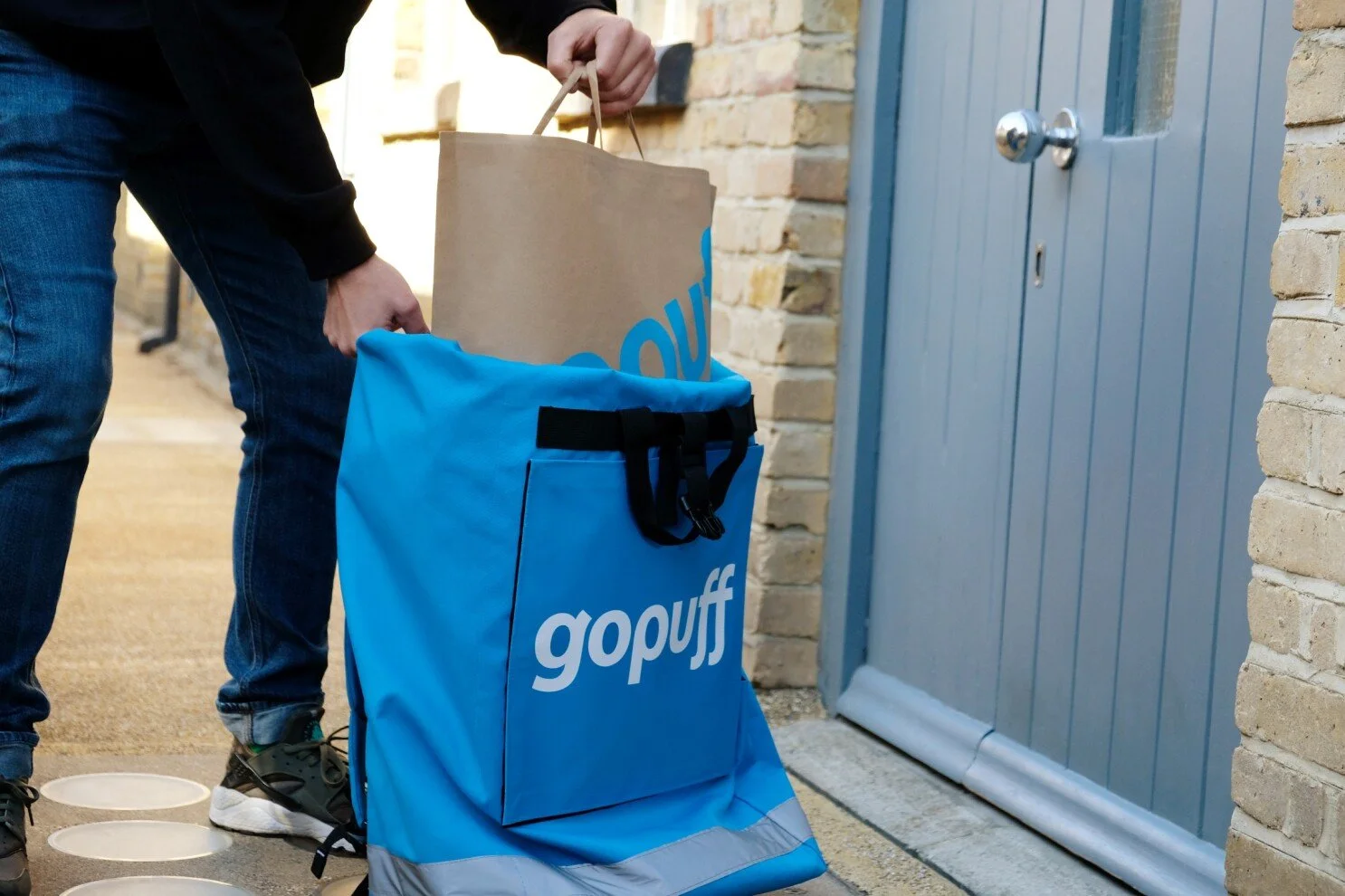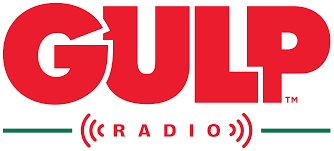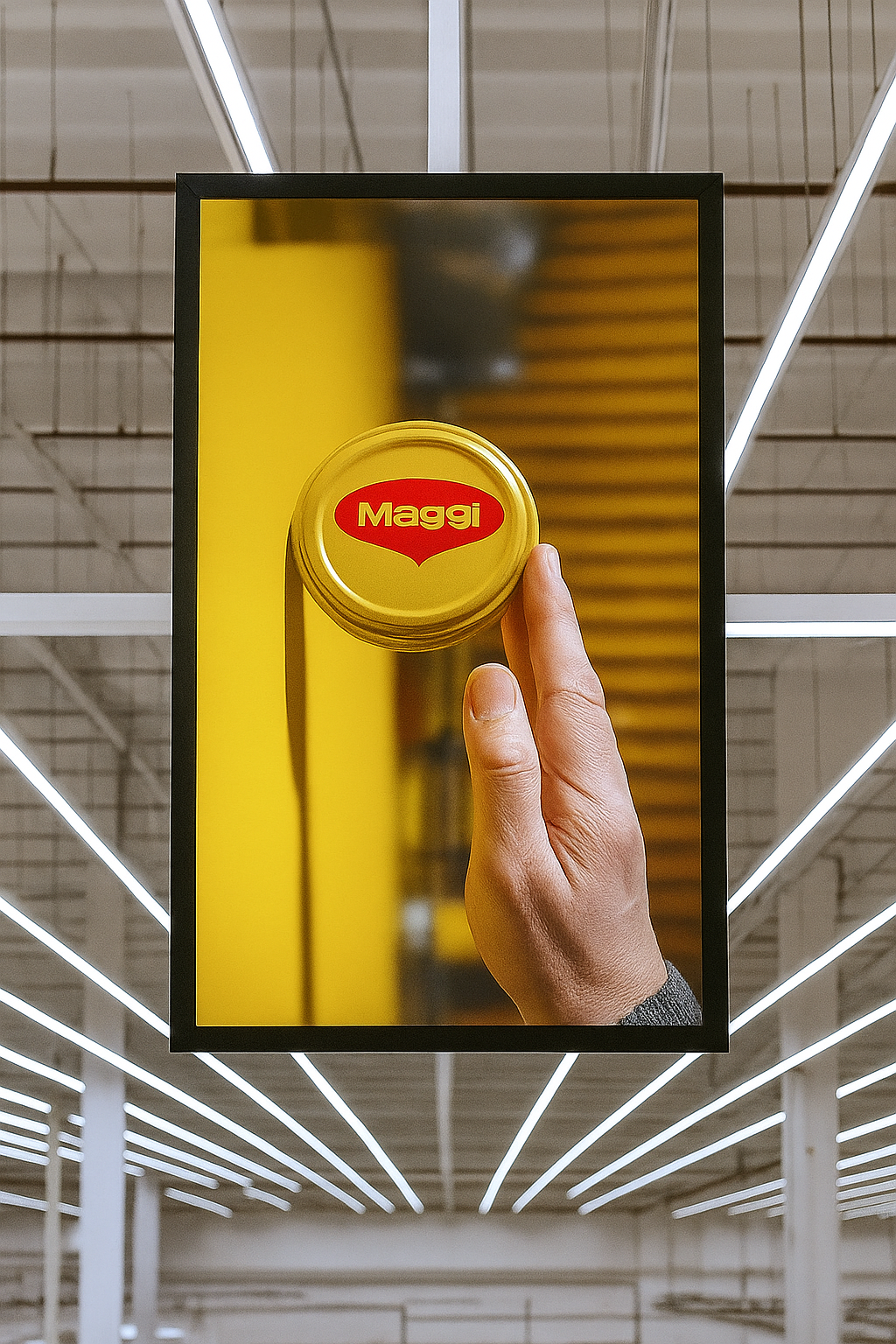Retail Media Radar - August 2025: Fast Formats, Smart Screens and Local Power Plays
Retail media is no longer confined to the screen or the store. From Amazon’s turbocharged partnership with Gopuff to DoorDash’s acquisition of Symbiosys, this month’s developments reveal a media ecosystem in motion - faster, smarter, and increasingly shaped by proximity, personalisation, and platform power plays.
Convenience has emerged as a strategic battleground, not just for fulfilment, but for attention and attribution. In the UAE, Maggi’s AI-driven campaign across Carrefour stores proved that in-aisle media can deliver digital-grade performance and real sales impact. Meanwhile, Carrefour and Coopérative U’s Concordis alliance hints at a future where European media scale may be born out of procurement power, and H-E-B’s new self-serve tools reflect a clear industry pivot toward advertiser autonomy.
1. Amazon and Gopuff: Accelerating Grocery and Instant Commerce Integration
Amazon has expanded its grocery presence in the UK by deepening its partnership with instant delivery platform Gopuff. The rollout - live in London, Manchester, Birmingham, and Glasgow - allows Prime customers to order thousands of items for rapid delivery via Gopuff’s network.
While positioned as a convenience play, this move has wider implications for retail media and shopper marketing:
Prime + Proximity: Amazon’s logistics muscle, now combined with Gopuff’s localised dark-store network, creates a new canvas for ultra-targeted, high-intent advertising tied to urgent replenishment and spontaneous purchase behaviours.
Retail Media at Speed: This kind of partnership signals how retail media is extending into the real-time realm. Instant delivery platforms offer advertisers moment-based targeting—think snack brands, personal care, or beverages capitalising on time-of-day and occasion-led campaigns.
Gopuff’s growing media ambitions: Gopuff has been steadily building out its retail media offering, with on-app placements, sponsored product listings, and branded storefronts. By integrating with Amazon’s ecosystem, it may now gain access to richer data, expanded inventory, and a larger advertiser base.
Convenience as a conversion channel: As convenience commerce matures, brands are rethinking how to activate in fast, flexible formats. Expect this deal to drive more short-term testing of contextual creative, and longer-term shifts in how grocery brands plan for immediacy and loyalty within retail media frameworks.
At id8 retail, we see this as another signal that convenience isn’t just a fulfilment channel - it’s a performance environment. As Amazon continues to stitch together commerce and content, partnerships like this give media buyers more levers to pull across speed, scale and shopper intent.
Find out more here.
2. 7-Eleven Launches Gulp Radio: In-Store Audio Meets Retail Media
7-Eleven is taking retail media into the soundscape with the launch of Gulp Radio, a bespoke in-store radio station developed in partnership with audio tech company Qsic. The initiative marks a novel evolution in convenience retail media - turning in-store airwaves into a measurable, brand-safe channel for shopper engagement.
Gulp Radio will stream curated music alongside dynamic audio advertising across 9,000 7-Eleven and Speedway locations in the US, with a plan to add real-time targeting capabilities through AI.
The platform enables brands to serve contextually relevant, time-sensitive messages, such as breakfast product ads during morning hours or hydration-focused campaigns on hot days.
Audio is fully integrated into 7Select Media, the retailer’s broader retail media network, and offers closed-loop measurement linked to store sales data.
The use of AI-driven scheduling allows for agile messaging based on inventory levels, shopper behaviour, and localised insights.
We see this as a smart expansion of omnichannel strategy, transforming ambient retail environments into high-impact, monetisable media spaces. As attention becomes harder to earn online, in-store audio offers a captive, uncluttered channel, especially in convenience formats where screen real estate is limited and dwell time is short. This move could spark a wider retail trend: expect more retailers to reimagine in-store audio as a programmable media asset, capable of driving sales, brand recall, and even atmosphere.
Find out more here.
3. Retail Alliances and Media Scale: Carrefour and Coopérative U Launch ‘Concordis’
Two of France’s retail heavyweights - Carrefour and Coopérative U - have announced a new buying alliance, called Concordis, aimed at strengthening their negotiating power with suppliers. While the move is primarily framed as a commercial supply-side partnership, the implications for retail media are significant.
The alliance, set to take effect in 2026, will cover negotiations with major national and international brands. By consolidating purchasing volume, the retailers aim to improve competitiveness while maintaining autonomy in other business areas, including marketing and in-store operations.
Though media was not explicitly referenced in the launch, id8 retail anticipates this consolidation could lay the groundwork for shared retail media initiatives, especially as brands increasingly expect coordinated, cross-retailer campaigns and consistent data frameworks.
Carrefour already operates a substantial retail media network, and Coop U has invested in digital shelf and loyalty-based targeting. A joint approach could unlock larger audience pools, more efficient media buying, and improved closed-loop attribution for advertisers across the alliance.
For suppliers, this means a potential shift in how co-op budgets, promotional slots, and digital advertising inventory are bought and measured. Concordis could become not only a buying alliance, but a media force, if the retailers choose to align retail media strategy alongside procurement.
At id8, we’re watching this development closely. As more European retailers explore alliances to defend margin, there’s growing opportunity, and pressure, to also scale media infrastructure that delivers value to both shoppers and suppliers.
Find out more here.
4. H-E-B Ups the Ante: Launches Self-Serve for Retail Media Network
Regional US powerhouse H-E-B is stepping up its retail media ambitions with the launch of a self-service buying option via its RMN. The Texas-based grocer joins a growing wave of retailers offering brand partners more autonomy in campaign planning, execution, and optimisation.
The new capability allows advertisers to directly book and manage campaigns across H-E-B’s digital and in-store ecosystem, including display, sponsored product listings, and personalised promotions.
Powered by CitrusAd/Epsilon, the self-service platform offers brands near real-time visibility into performance and spend, alongside streamlined workflows to reduce friction in media buying.
H-E-B’s move follows similar developments from retailers like Walmart and Albertsons, signalling that self-serve is fast becoming a baseline expectation for RMNs looking to scale advertiser participation.
While H-E-B is a regional player, its media network already benefits from rich loyalty data, strong shopper penetration, and localised influence, making it an increasingly attractive option for national CPGs seeking targeted, high-intent audiences in key southern markets.
We see this as part of the broader optimisation of retail media. Self-serve tools not only expand access but encourage test-and-learn agility, crucial in an ecosystem that demands performance transparency and creative adaptability.
Find out more here.
5. DoorDash Acquires Symbiosys: The Local Commerce Media Power Move
DoorDash has doubled down on retail media innovation with its $175 million acquisition of ad-tech platform Symbiosys, reshaping what local commerce advertising can deliver.
The purchase gives DoorDash access to Symbiosys’ collaborative bidding tools, designed to help retailers and brands co-secure search traffic for high-intent terms like “frozen waffles” and route conversions directly to retail sites or platforms.
Combined with DoorDash’s existing ad business, now surpassing a $1 billion annualised revenue run rate, his expansion enables merchants and brands to extend campaigns across search, social, and display, all tied to first-party purchase data.
DoorDash has launched new AI-powered campaign tools that streamline creative generation, targeting and bidding, making media activation accessible for local shops and SMBs alongside larger brands.
The acquisition accelerates offsite advertising reach and offers closed-loop performance tracking, turning DoorDash from an on-platform retailer into a full-spectrum retail media network (RMN).
At id8 retail, we see this as a pivotal moment: DoorDash is transforming from delivery-first to retail media-first, delivering local-commerce audiences at scale, and giving brands a richer, measurable way to connect with shoppers across channels.
Find out more here.
6. Turning stores into media platforms
The latest results from Maggi prove just how powerful in-store campaigns can be when done right. By blending AI, real-time targeting, and shopper-rich environments, they turned supermarket screens into a high-impact sales engine.
Maggi launched two new sauce flavours across Carrefour UAE stores earlier this year, targeting busy shoppers in hypermarkets with an impulse-buy strategy.
Using Advertima’s Audience AI and digital screens inside Mall of the Emirates and Mirdif City Centre, Maggi served dynamic ads based on real-time shopper demographics like age and gender.
The campaign hit 5.3 million verified impressions over just 10 days - proving that foot traffic can be just as measurable (and valuable) as digital clicks.
Sales of Maggi sauces jumped by 11.4%, double the category average of 5.7%.
Maggi gained a 1.3% market share lift during the campaign window, showing the power of in-aisle media to shift shopper behaviour fast.
No guessing games: every screen view was matched with demographic breakdowns, delivering online-style reporting in a physical space.
For Maggi, it was a smart move at the perfect moment: targeted, measurable, and sales-led.
Retail media isn’t just about digital banners anymore. This campaign shows that the real action, and opportunity, is right at the shelf.
Find out more here.
August’s edition reveals a retail media ecosystem in motion, expanding across platforms, evolving across channels, and converging across functions. Amazon’s deepened partnership with Gopuff signals a new phase for instant commerce, where speed and shopper intent drive premium media moments. 7-Eleven’s launch of Gulp Radio shows in-store audio is becoming a programmable, measurable touchpoint. H-E-B’s self-serve platform and DoorDash’s acquisition of Symbiosys both mark a shift toward more autonomous, performance-focused campaign management, even in regional and local commerce contexts. Meanwhile, Carrefour and Coop U’s Concordis alliance points to a future where commercial scale can unlock shared media infrastructure. And in the UAE, Maggi’s Carrefour campaign shows that the real shelf, not just the digital one, is a high-performance, data-driven media environment when paired with AI and real-time targeting.
At id8 retail, we believe the real opportunity lies in orchestrating these innovative developments into cohesive, agile strategies - where data, delivery, and storytelling move in lockstep to drive both loyalty and growth.






